7 Common Japan, Tokyo Tourist Traps to Avoid
Tokyo is an incredible city - an exciting mix of tradition and modernity, neon lights and quiet temples, hidden gems and, well... tourist traps. Some attractions look amazing in photos but turn out to be overpriced, overcrowded, or just not worth the hype. And when you're visiting a city as dynamic as Tokyo, wasting time on disappointments isn't ideal.
Many of these spots are built around a commercialized version of Japanese culture, designed to attract tourists rather than show the true essence of everyday life in Japan. If you want to experience Japanese people going about their daily lives, exploring authentic locations is a better way to do so.
Here are 7 common Tokyo tourist traps to avoid, plus better alternatives that will give you a more authentic and enjoyable experience.
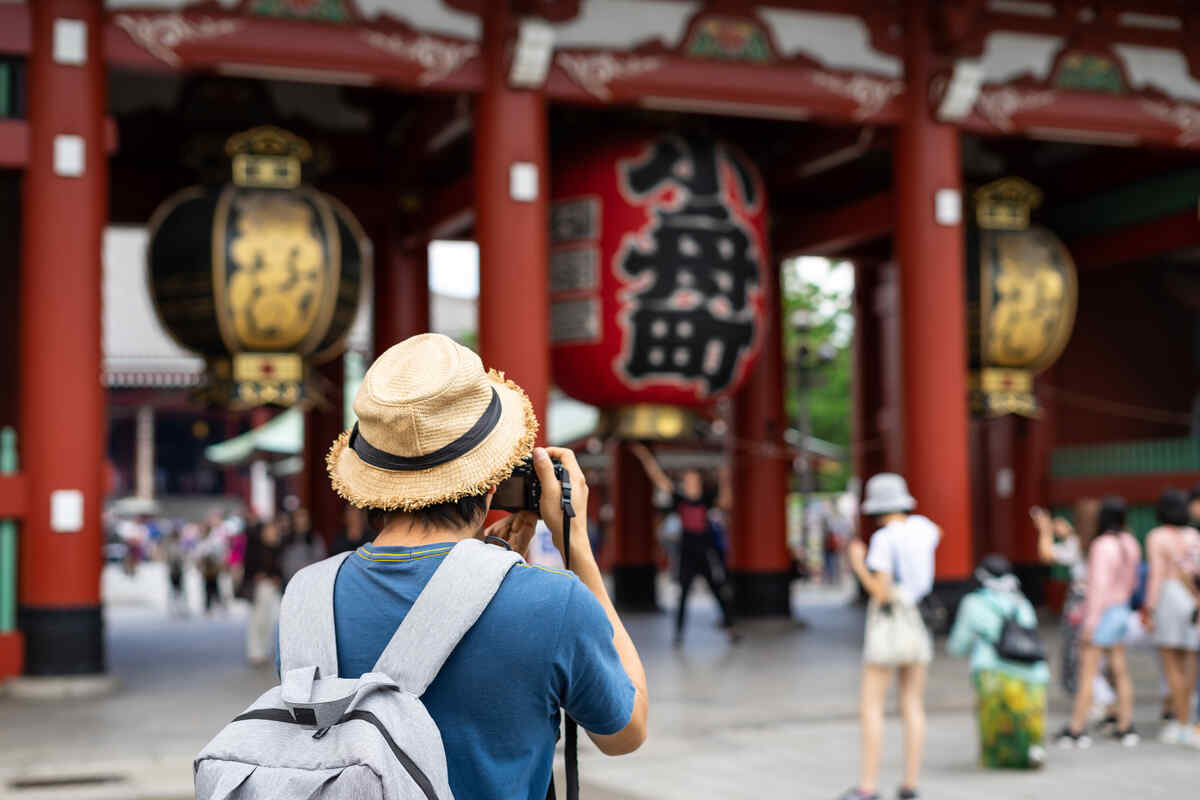
1. Tokyo Skytree
Tokyo Skytree is the tallest tower in the world and offers a panoramic city view - but at a high price. And with the Japanese yen weakening, some travelers might find it affordable, but that still doesn't mean you should waste money on unnecessary expenses.
Tickets cost 3,100 yen (about $20) per person, and waiting in line can take hours during peak times. Once you get to the top, it’s often crowded, and the view - while impressive - isn’t all that different from other high-rise observation decks in the city.
Beyond that, Tokyo Skytree is a relatively new attraction. Unlike Tokyo Tower, which has been a cultural symbol since the mid-20th century, Skytree lacks historical significance. While Tokyo Tower was inspired by the Eiffel Tower, giving it a connection to both Japanese and European history, Skytree is more of a modern commercial landmark than a true cultural icon.
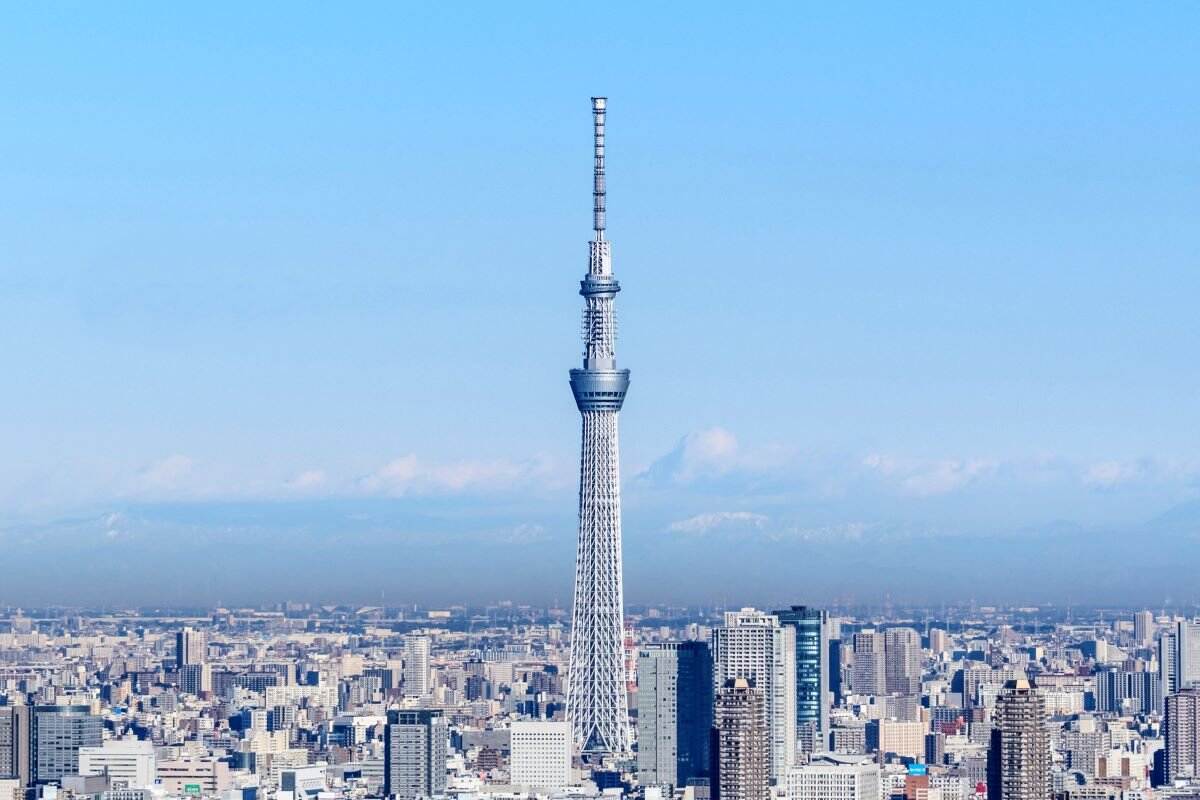
A Better Alternative
Instead of Tokyo Skytree, head to the Tokyo Metropolitan Government Building in Shinjuku. It offers a stunning city view for free and has two observation decks where you can see landmarks like Mount Fuji on a clear day. If you're looking for a trendy, Instagram-worthy spot, visit Shibuya Sky, a sleek rooftop observatory with a modern design and fewer crowds.
For those interested in history, Tokyo Tower is still worth a visit. Unlike Skytree, it has been a backdrop for Japanese anime market trends, TV dramas, and even classic video game settings. Its entrance fee is also lower, so it is a more affordable choice.
2. Shinjuku Golden Gai
Shinjuku is generally a touristy place, so there are a lot of scams happening there (sadly).
One scam that doesn’t really feel like it is happening in the bars. Golden Gai is famous for its narrow alleys packed with tiny bars. It looks like a hidden gem, but the reality? Many bars charge a hefty cover fee (1,000-2,000 yen per person) before you even order a drink. The area is now heavily marketed to tourists, so you might end up in a packed bar full of foreigners rather than locals.
Many bars here also have themes that cater to tourists rather than Japanese people. While the small bars might seem unique, the experience often feels scripted rather than spontaneous. The black color signboards outside bars add to the mystery, but in reality, it's just a clever marketing tactic. Instead of discovering a truly local atmosphere, you'll find yourself in a place designed for non-Japanese visitors.
.jpg)
A Better Alternative
For a more authentic Tokyo nightlife experience, check out Nonbei Yokocho in Shibuya or Harmonica Yokocho in Kichijoji. These areas have charming, old-school bars but with lower or no cover charges, and you’ll find more locals hanging out there.
If you're interested in a mix of samurai culture and modern izakaya culture, these spots offer a better balance.
If you enjoy board games, some of these bars even offer traditional Japanese board games like shogi, which is deeply rooted in Japan’s past, dating back to the 10th century and 11th century.
3. Asakusa’s Nakamise Shopping Street
Nakamise Street, leading up to the famous Senso-ji Temple, is lined with souvenir shops selling overpriced keychains, snacks, and kimono rentals. It’s extremely crowded, and many of the “traditional” souvenirs are mass-produced items you can find in any tourist shop. Even simple kimonos sold here are often factory-made rather than handcrafted pieces with bright colors or dull colors that reflect real Japanese characters.
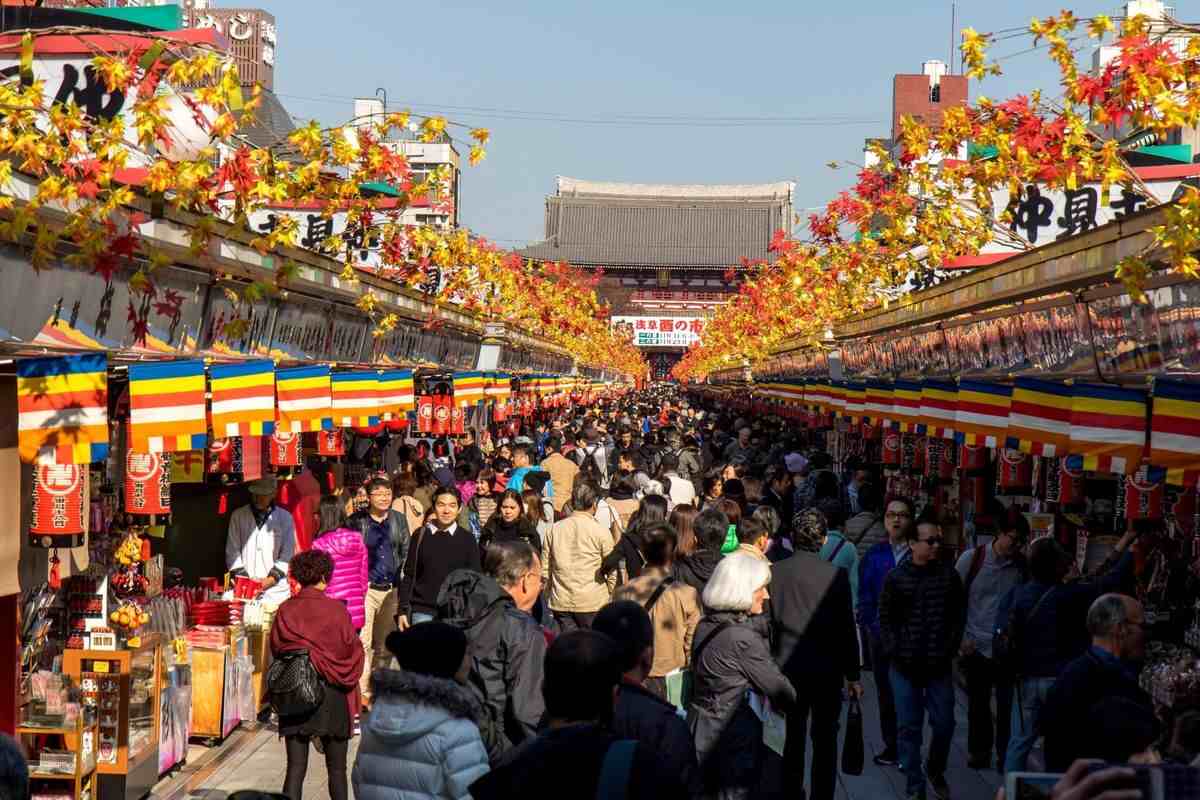
A Better Alternative
If you’re looking for authentic souvenirs, visit Kappabashi Street (Kitchen Town). It's a paradise for those who love Japanese ceramics, knives, and handmade goods. For a less crowded temple experience, Nezu Shrine or Gotokuji Temple (the one with hundreds of lucky cat statues) offer a much calmer atmosphere.
If you want to see traditional clothing, look for places that sell real summer kimonos and wedding kimonos, which are still part of many people's moments of life in Japan.
4. Roppongi Nightlife
Roppongi is known for its nightlife, but it also has a reputation for scammy clubs and aggressive street touts. Many bars lure tourists in with “free drinks” offers, only to charge them outrageous amounts later.
Some people have even reported credit card fraud after visiting certain establishments. This area is also known for a mix of influences from Chinese culture and Western nightlife, which dilutes its authenticity as a representation of Tokyo.
Roppongi also lacks the authenticity of Japanese nightlife, as it is heavily influenced by international business culture. Many bars cater more to foreign clientele, meaning you might miss out on the chance to engage with Japanese people and understand their daily lives. The high prices of drinks and entry fees make it an expensive experience, often failing to deliver the excitement that Tokyo nightlife is known for.
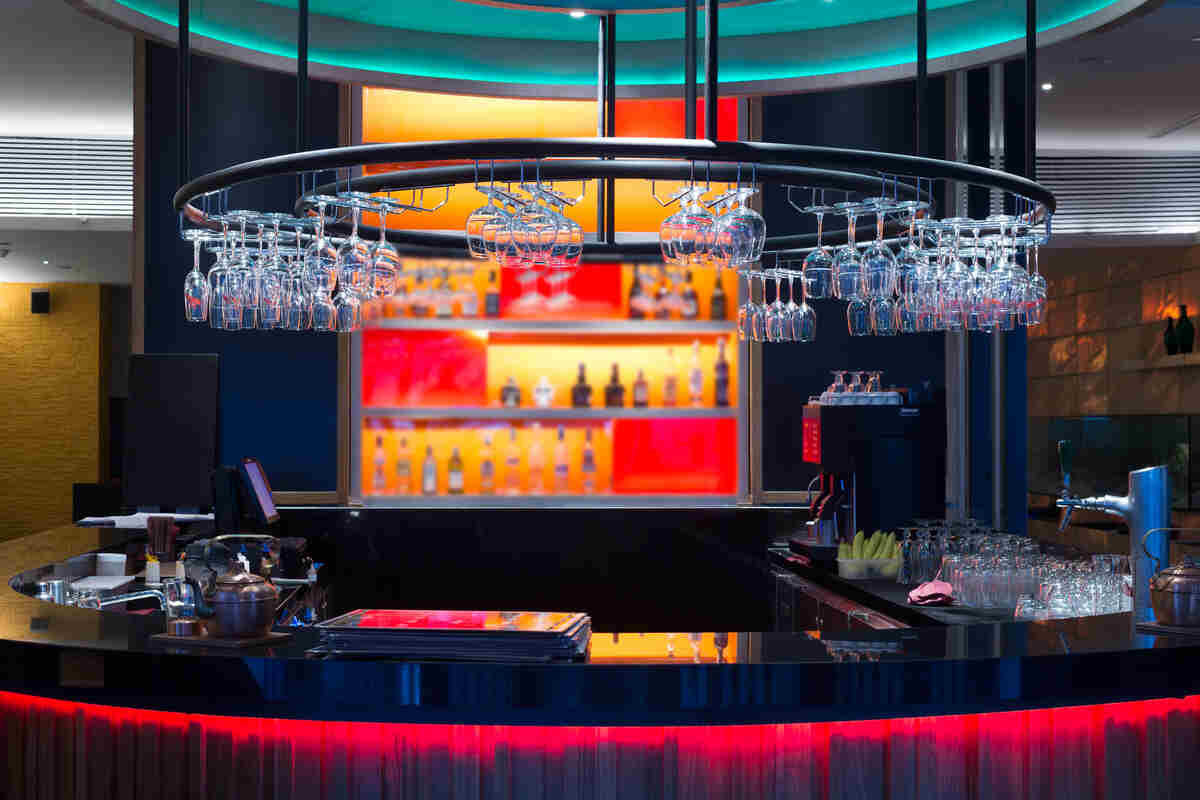
A Better Alternative
For a safer and more enjoyable nightlife scene, head to Ebisu or Shimokitazawa. Ebisu is home to stylish bars and craft beer spots, while Shimokitazawa has a laid-back, artsy vibe with live music venues and hip izakayas. These places still embrace Japanese culture without feeling like a tourist trap.
If you're interested in something truly Japanese, why not watch sumo wrestling? Matches take place in Ryogoku and are a thrilling way to experience a sport dating back to the 8th century. If you prefer a more relaxed night, some izakayas in Ebisu also serve food for workers, offering delicious and hearty dishes that reflect calories of food consumed in a traditional Japanese diet.
5. Tokyo Disneyland
Tokyo Disneyland is a dream for Disney fans, but if you’re expecting a stress-free day, think again. Lines for popular rides can be 2+ hours long, and weekends and holidays bring massive crowds that make it almost impossible to move. It’s also one of the most expensive theme parks in the world, with food and merchandise costing a premium.
While Disneyland is fun, it does not offer anything uniquely Japanese. If you're traveling all the way to Tokyo, you might want to prioritize experiences that give insight into Japanese mythology, historical traditions, or unique entertainment industries.
A Better Alternative
If you still want a theme park experience, consider Fuji-Q Highland, which has world-record-breaking roller coasters and a breathtaking view of Mount Fuji. If you’re more interested in Japanese mythology and history, visit Edo Wonderland in Nikko, where you can step into a real 17th century samurai town.
Ready to sell?
Are you ready to sell your currency? Stop waiting and request a Shipping Kit. We will provide everything you need to ship and receive funds for currencies you own.
6. Maid Cafés
Maid cafés sound fun and quirky, but they are mostly designed to get as much money from tourists as possible. Drinks and food are twice as expensive as normal cafés, and taking photos with the maids costs extra.
While the theme might seem unique, many visitors find the atmosphere forced and uncomfortable, especially when the over-the-top cuteness feels unnatural. Some cafés even have time limits on how long you can stay, making the experience feel rushed.
Additionally, many tourists expect an interactive cultural experience, but instead, they get scripted performances with limited personal engagement. The food is often overpriced and low quality, with simple dishes like omelets costing as much as gourmet meals elsewhere. This commercialized version of Japanese culture fails to reflect the warmth and authenticity of everyday hospitality in Japan.

A Better Alternative
Instead, try a popular cup-and-ball game café, where you can experience a traditional game among teenagers and adults alike, or explore an anime café that showcases the connection between culture with manga and modern-day dining experiences. Anime cafés often feature themed menus, character-inspired food, and immersive settings that highlight Japanese characters in a fun and engaging way.
If you are interested in something more traditional, visit a Japanese tea house, where you can experience the 17th and 19th-century practice of tea preparation. The serene setting, combined with a carefully crafted cup of matcha, offers a calming and cultural experience, far removed from the artificial charm of maid cafés.
7. The Imperial Palace
Most of the Imperial Palace is closed to the public. While the garden surrounding it is beautiful, visitors hoping for a glimpse of 17th century architecture or a historical palace tour will be disappointed.
You can only view the outer walls, the Nijubashi Bridge, and a small portion of the East Garden. Unlike European palaces that allow extensive tours of grand halls and royal chambers, Tokyo’s Imperial Palace remains largely inaccessible to tourists.
Many first-time visitors assume the Imperial Palace will be a highlight of their trip, only to realize they are simply looking at a restricted area from afar. While the palace holds deep cultural significance, it doesn’t provide the immersive experience that history lovers might expect. If you’re hoping to learn more about samurai culture, this is not the best place for it.
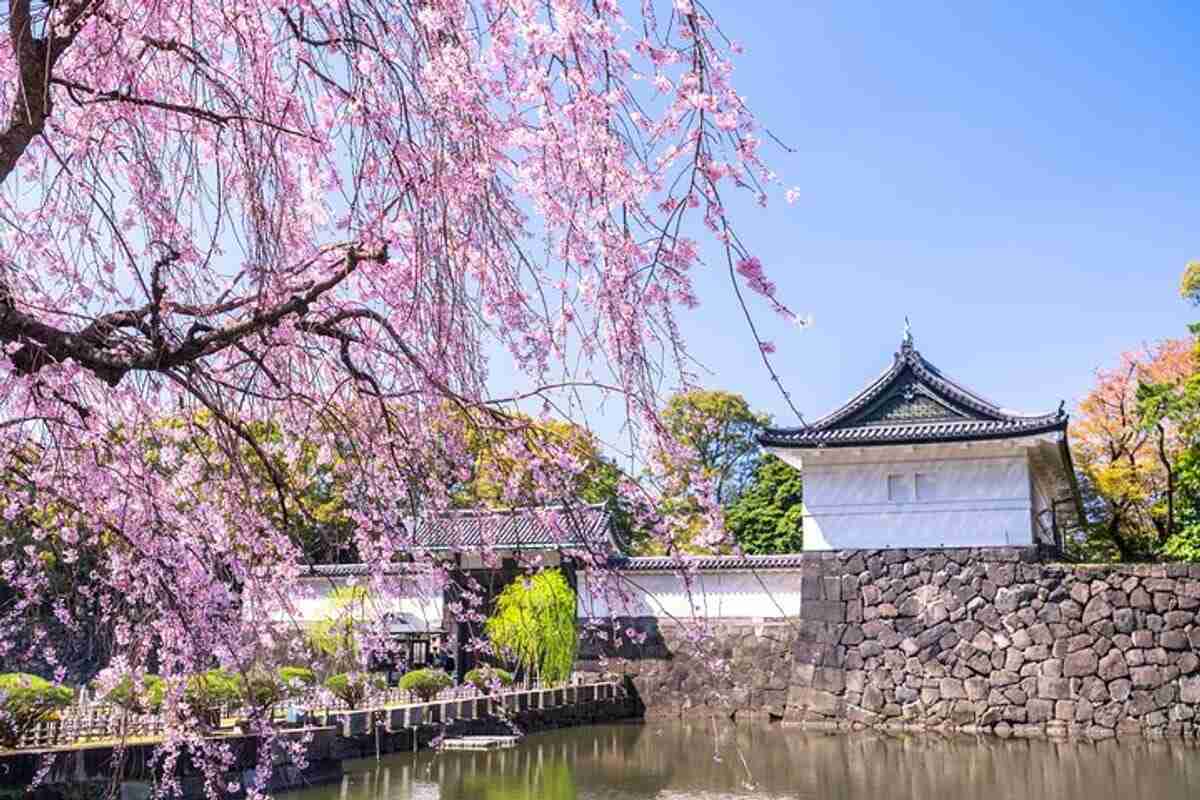
A Better Alternative
Instead, visit the Tokyo Dome area, where you can experience modern Tokyo’s energy with concerts, amusement parks, and sports events. If you prefer something historical, explore a Japanese temple that reflects the true beauty of traditional flower life and moments of life in Japan.
For those fascinated by history, the Edo-Tokyo Museum offers an interactive look into Tokyo’s transformation from the 17th century to the present, showcasing how Japanese people lived in the 10th and 11th centuries. You can also visit Hamarikyu Gardens, which features a 17th-century tea house with an authentic tea ceremony experience, providing a deeper connection to Japan’s past than the Imperial Palace ever could.
Additional Tourist Scams to Watch Out For
While many tourist traps in Tokyo are simply overpriced or underwhelming, there are some outright scams that target unsuspecting visitors. These scams are designed to take advantage of people unfamiliar with local customs, often leaving travelers out of pocket or in uncomfortable situations.
1. Fake Monk Donations
In areas like Akihabara, individuals dressed as Buddhist monks approach tourists, offering tokens like bracelets and requesting donations for dubious causes. They may present a ledger showing previous generous contributions to pressure you into giving more.
How to Avoid
Politely decline any unsolicited offers or requests for donations from strangers. Authentic monks typically do not solicit donations in this manner.
2. Disaster Relief Donation Scam
Scammers, often well-dressed and speaking decent English, approach tourists in busy areas like Shinjuku and Shibuya, claiming to collect donations for recent disaster victims. They might show official-looking documents to appear legitimate.
How to Avoid
Be cautious of unsolicited donation requests. If you're inclined to help, donate through recognized and reputable organizations.
3. Fake Taxi Services
Unlicensed taxis, especially around airports and tourist spots, overcharge unsuspecting tourists. These vehicles often have white plates with green letters, indicating they are not authorized to carry passengers.
How to Avoid
Always use licensed taxis, identifiable by their green plates with white letters, or reputable ride-sharing services.
4. Model Scouting Scam
In bustling districts like Shibuya, scammers approach young tourists, especially women, offering fake modeling opportunities. Victims are lured into situations where they might be exploited or coerced into unfavorable conditions.
How to Avoid
Be wary of unsolicited offers promising quick fame or money. Always research and verify the credentials of any agency or individual offering such opportunities.
Avoid the Traps, Enjoy the Best of Tokyo
Tokyo is an amazing city, but it’s easy to fall into tourist traps if you’re not careful. Instead of spending money and time on overpriced, overcrowded, or underwhelming experiences, choose authentic alternatives that give you a richer and more enjoyable trip.
By avoiding these 7 common tourist traps, you’ll experience a side of Tokyo that’s less commercialized and more rewarding - filled with hidden gems, local charm, and unique cultural moments.
Ready to buy?
Are you ready to buy your currency? Stop waiting and request a Shipping Kit. We will provide everything you need to ship and receive funds for currencies you own.


